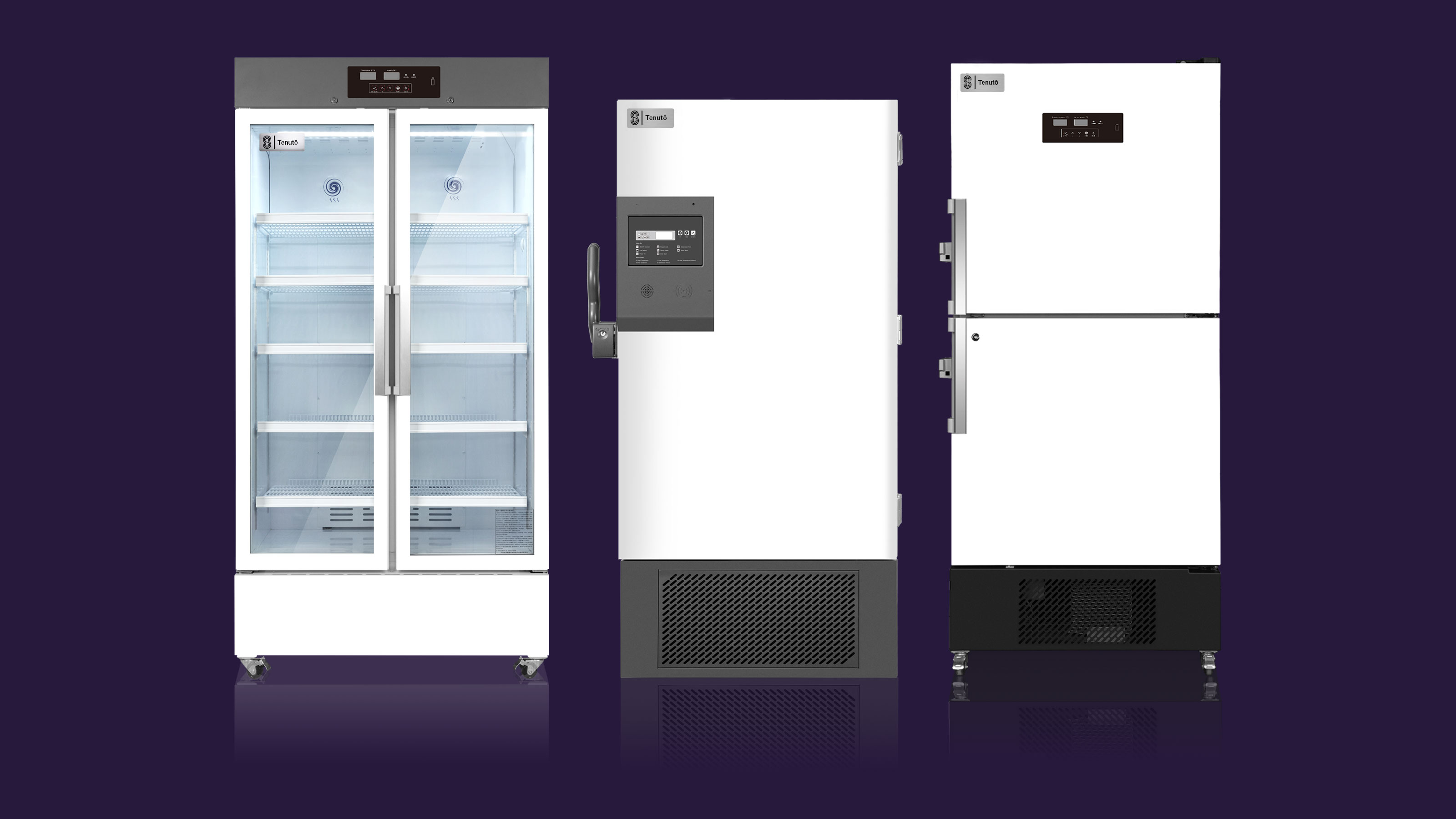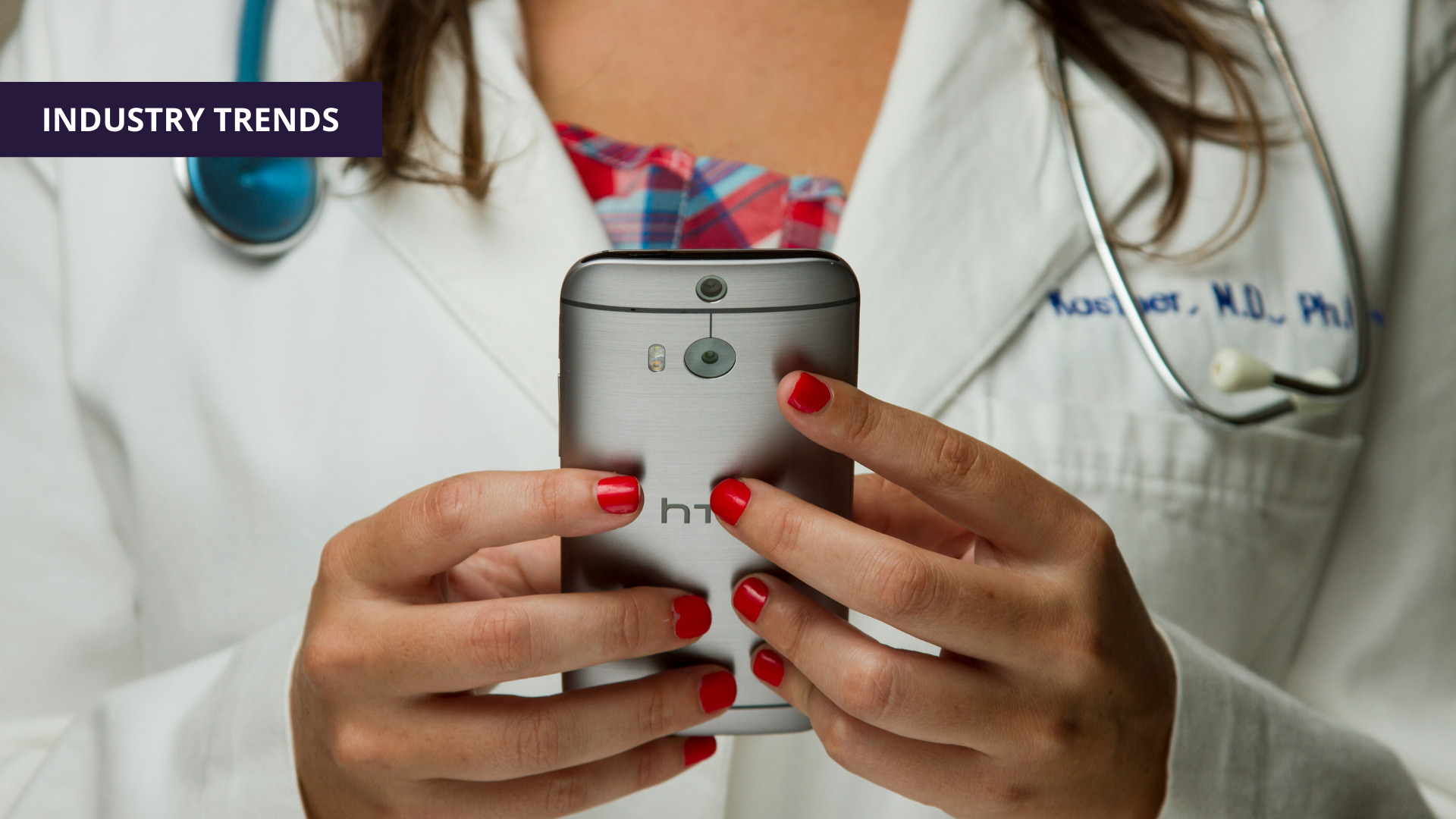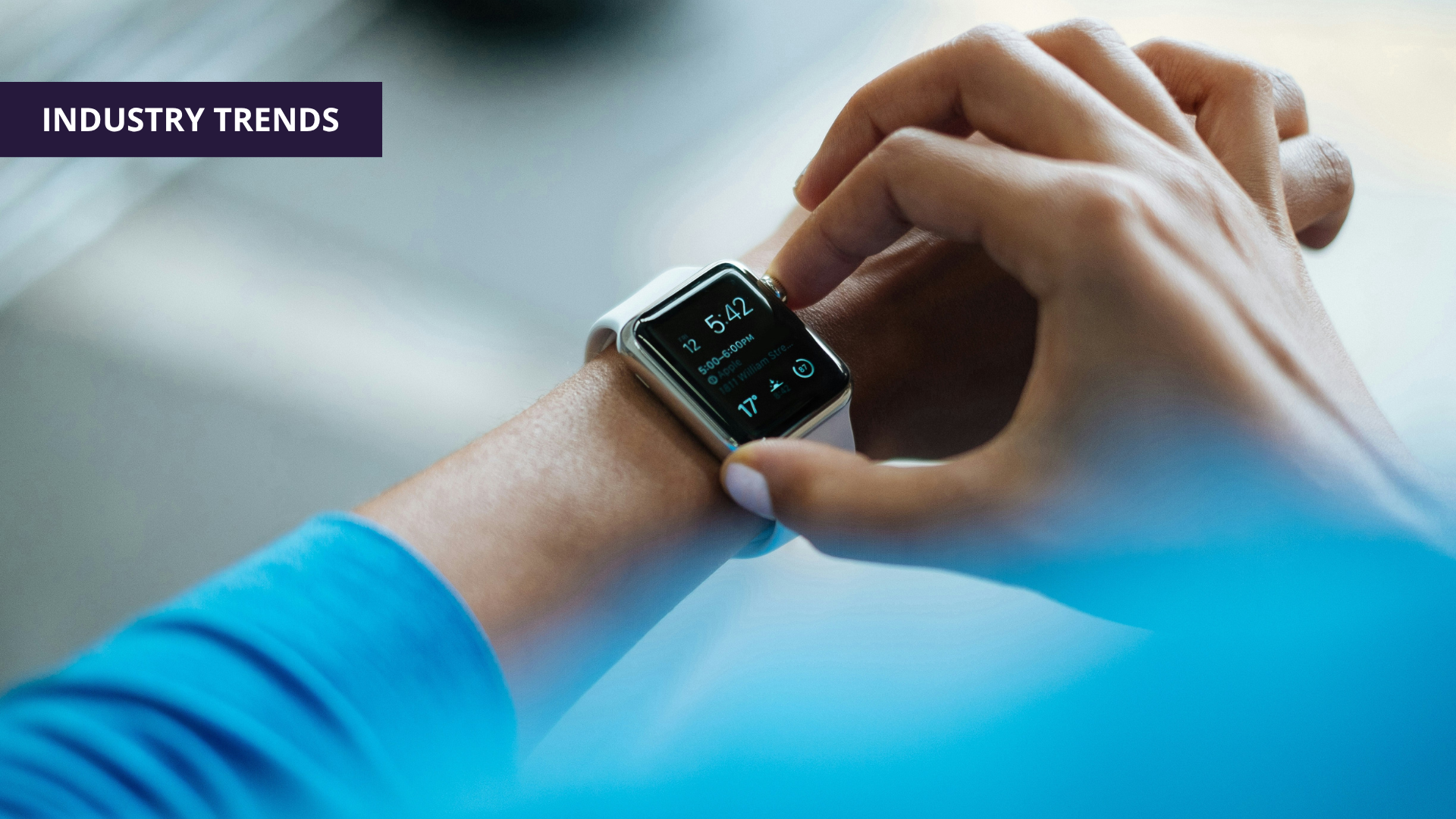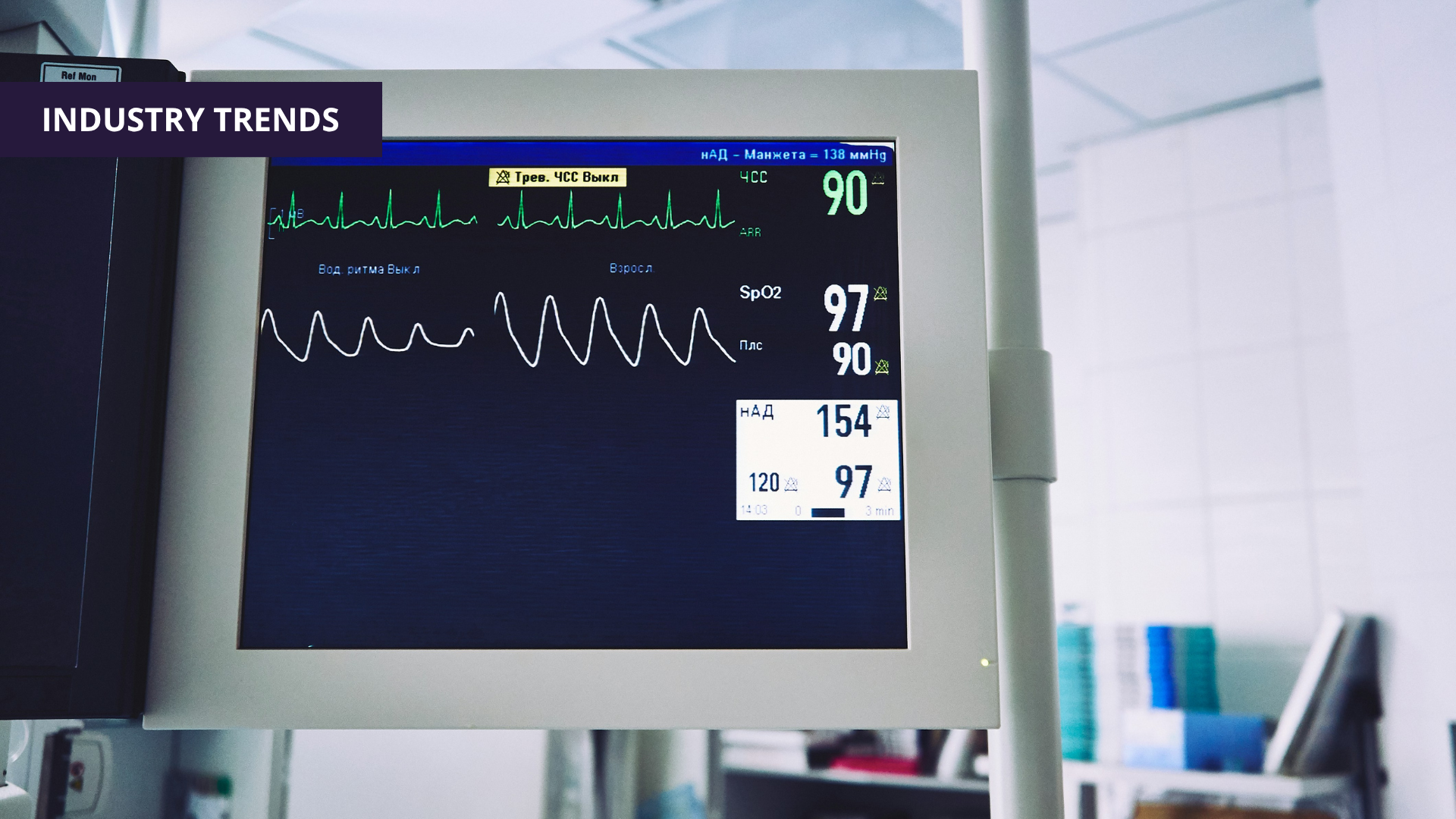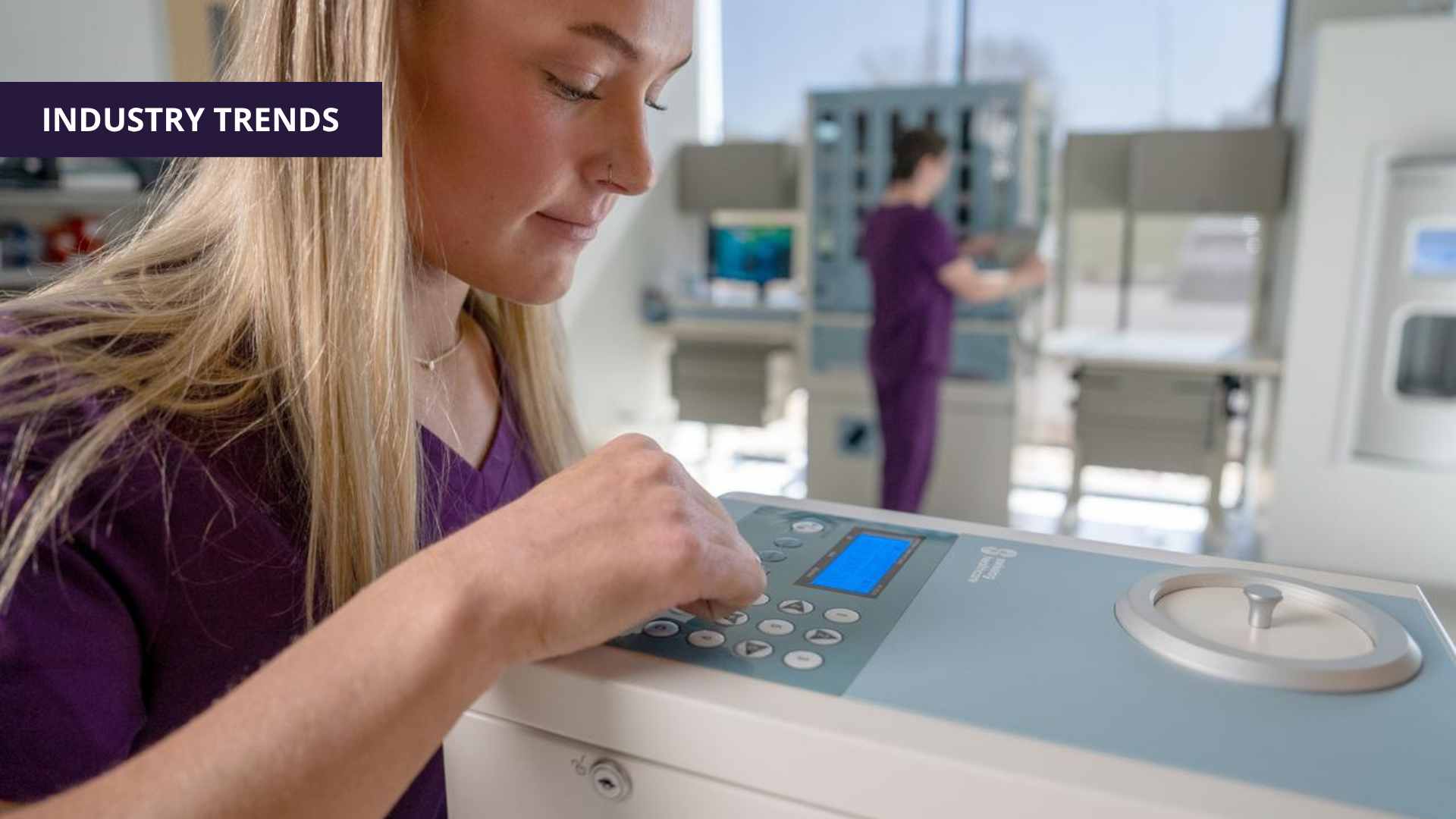Jeff Erbert | 30 May, 2024
Hospital Operations In The U.S.
Hospitals in the United States face a dynamic and distinct set of challenges. They must adhere to government regulations, tend to the life-saving needs of patients, support communities in times of disaster, limit liabilities, manage large inventories of medications, and turn a profit (or manage to cover operational expenses). It’s an intricate and delicate balance to say the least, but there’s also a great deal of potential. Value can be created by making care more sophisticated – which improves patient outcomes, and it can be created through maximizing internal processes or operations. However, the commonality between these notions is this: they’re driven by technology. In this piece, we explore how this is in practice in the U.S. healthcare system today.
1.) Electronic Health Records (EHR) Systems:
According to the Centers for Disease Control and Prevention (CDC), nearly 140 million Americans visited a hospital in 2021. Electronic Health Records (EHR) systems played a vital role in managing that data and enabling healthcare providers to serve patients based on the data and the real-time needs of the patients. The EHR also aids in follow up care and drastically reduces the administrative burden on the hospital.
2.) Telemedicine and Remote Patient Monitoring:
The American Hospital Association states that 76% of hospitals connect with patients or providers using some method of remote digital technology e.g. video conferencing. Through secure video conferencing and remote monitoring devices, healthcare providers can conduct virtual consultations, monitor patients' vital signs, and manage chronic conditions remotely. This allows for providers to be more efficient and more deliberate during their in-person rounds.
3.) Health Information Exchange (HIE) Platforms:
Working alongside Electronic Health Records Systems, Health Information Exchange (HIE) platforms can allow for seamless data exchange among healthcare organizations, enabling the continuity of care. By securely sharing patient data, such as medical history and diagnostic results, HIE platforms support care coordination, reduce duplicate testing, and make clinical decision-making more effective.
4.) Artificial Intelligence (AI) and Machine Learning:
AI and machine learning technologies analyze vast amounts of healthcare data to derive actionable insights and support clinical decision-making. From predictive analytics to image recognition, AI applications enhance diagnostic accuracy, identify patterns in patient data, and personalize treatment plans, empowering healthcare providers with valuable tools for proactive and personalized care delivery. In our blog “5 Areas Where AI Could Impact Hospital Operations”, we touch on areas where artificial intelligence could boost productivity, but the truth of the matter is – it’s already in use. Los Angeles Pacific University reports the use of AI currently being used in the following areas:
- Diagnosing Patients: AI algorithms can analyze medical images like X-rays, MRIs, CT scans and aid healthcare professionals in arriving at accurate diagnoses.
- Transcribing Medical Documents: Voice-to-text technology converts spoken language into written text, helping providers create quick, easy-to-read, visit summaries.
- Administrative Efficiency: AI can help streamline administrative tasks like billing, scheduling, and answering basic questions.




